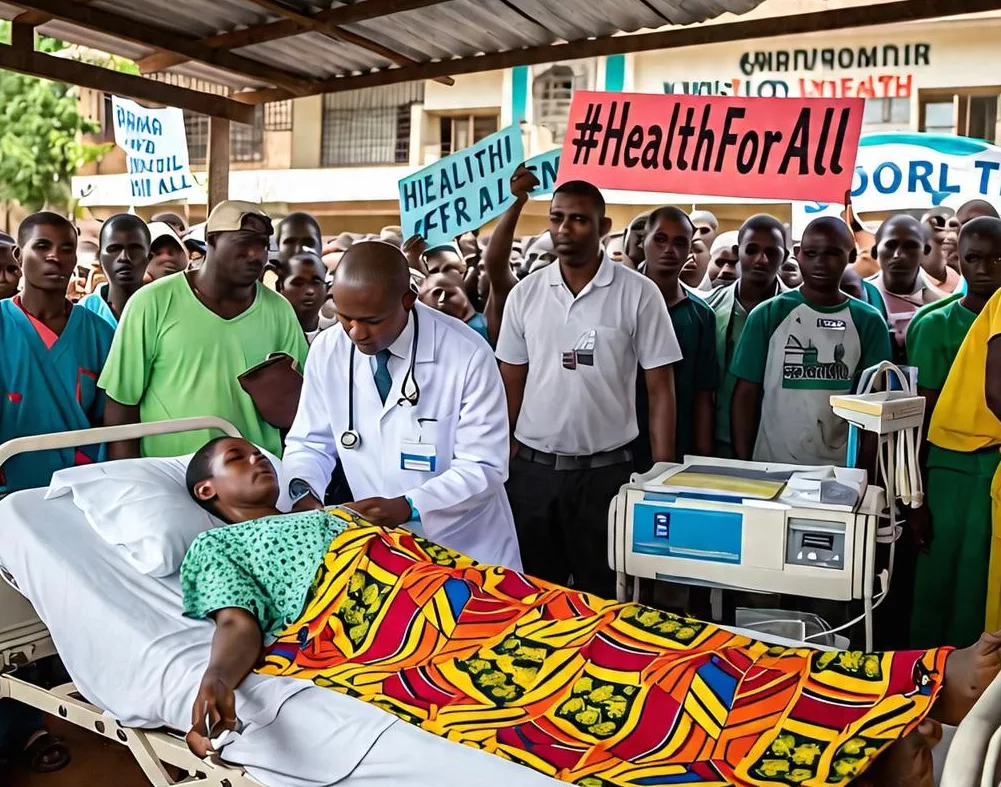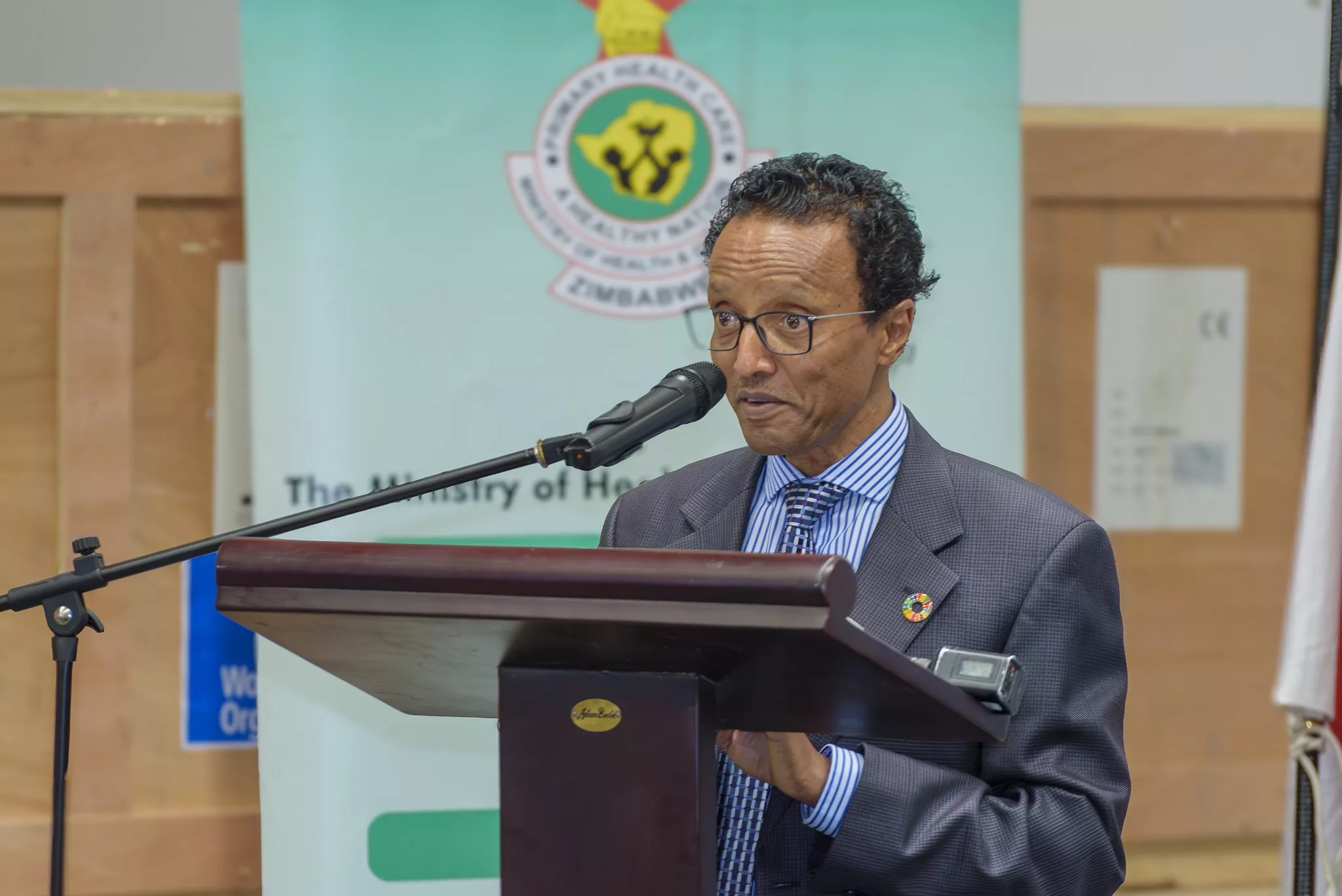|
Getting your Trinity Audio player ready...
|
If stakeholders are serious about creating a new HIV-free generation, there is a need to start addressing mother-to-child transmission, Dr. Owen Mugurungi, the Director of the AIDS and TB Unit in the Ministry of Health and Child Care has said.
He was sharing the journey in pursuit of achieving epidemic control of HIV during the National AIDS Council (NAC) workshop for editors and station managers in Chinhoyi today.
“If we are serious about creating a new HIV generation, we need to start working on mother-to-child transmission. We need 95% access to HIV services. We should look at ways of decreasing stigma and discrimination to less than 10%. Currently, we are around 30-40%,
“We still experience a lot of gender inequality and gender-based violence. We need to work on that. Some laws are not conducive to combatting HIV and AIDS, and we need to review them,” Dr Mugurungi said.
Zimbabwe’s HIV response is guided by international commitment to the SDGs and the National Development Strategy NDS-1, which will soon be NDS-2 as well as the National Strategic Plan of the National AIDS Council.
Dr Muguringi highlighted priority areas for prevention.
“Behaviour change and communication are critical. The media then becomes important in highlighting this behavior change and communication. Of course, we provide HIV testing and counseling so that we know who is infected, and who is HIV positive so that we can follow them up, put them on treatment, and make sure that they are no longer infectious.
“But most importantly, there are also other core factors for HIV transmission, which are the STDs, so we need to make sure that we prevent STDs. We promote condoms, we provide post-exposure prophylaxis, and, of course, the new key building block is pre-exposure prophylaxis. We now believe that we have the tools with what is called pre-exposure prophylaxis, in which patients who are HIV-negative, but at risk of getting HIV, are provided with antiviral medicine. This antiviral medicine can be used to eliminate the establishment of HIV transmission,” Dr. Mugurungi said.
He said there is a need for a vaccine that can either prevent or treat ourselves after the infection until the viral load is undetected. The goal is to treat ourselves out of the HIV epidemic.
Dr Mugurungi alluded to the importance of combination prevention (using various ways of methods of interventions) to make sure adequate ways to prevent HIV are provided.
“We need to make sure that we continue with testing for risk reduction. We need continued education, and social marketing of products and services, but more importantly, make sure that the services and biomedical services are also available for treatment, and pre-exposure prophylaxis. This cannot happen in a vacuum. We need to make sure that we decriminalize sex work, address gender inequality, have laws that protect the rights of people, and reduce stigma and discrimination.
“We have evidence that if you provide microbicides, you can prevent HIV. If you circumcise and treat STDs, if you provide cold-borne tests,
there’s behavior change, post-exposure prophylaxis, pre-exposure, we can prevent HIV infection.”
In addition to behavior change, there is a need to make sure that there is increased access and utilization of HIV preventive services. Dr Mugurungi said stakeholders have neglected the issue of linking HIV-negative persons for prevention.
HIV-negative persons should have access to HIV testing and support so that they may remain negative. The country is also committed to reducing the burden of HIV among its children to ensure an HIV-free generation.






